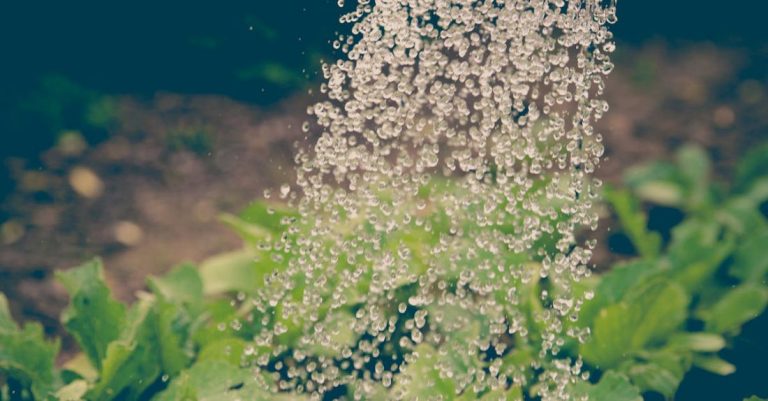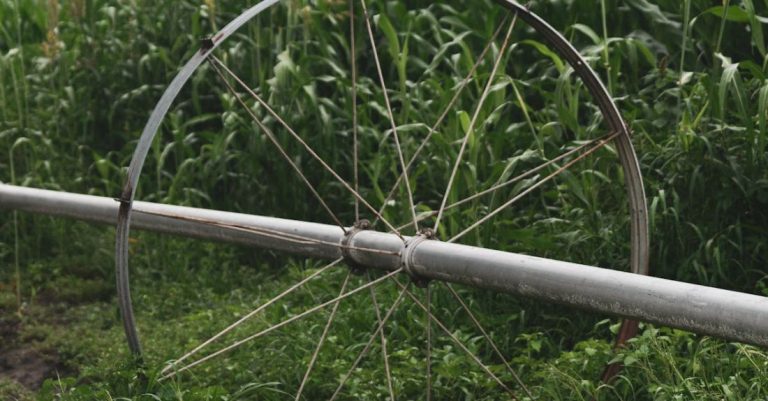
Amidst the hustle and bustle of daily life, it’s easy to forget about the needs of our leafy companions – plants. While watering them is a crucial aspect of plant care, overwatering or underwatering can be equally detrimental to their health. In this article, we will delve into the signs of underwatering in plants, helping you become a more attentive and responsible plant parent.
### Wilting Leaves
One of the most common signs that your plants may be underwatered is the wilting of their leaves. When plants lack sufficient water, they are unable to maintain their turgidity, causing their leaves to droop and wilt. This is the plant’s way of conserving water and energy by reducing the surface area through which water can evaporate. Keep an eye out for any sudden drooping or wilting of leaves, especially during hot weather or if you’ve been forgetful with your watering routine.
### Dry Soil
Another telltale sign of underwatering is dry soil. Stick your finger into the soil about an inch deep – if it feels dry to the touch, then your plant is likely thirsty. Plants absorb water through their roots, so when the soil is dry, they are unable to take up the water they need to thrive. Remember that different plants have varying water requirements, so it’s essential to understand the specific needs of each plant in your care.
### Stunted Growth
Plants that are consistently underwatered may exhibit stunted growth. When a plant lacks an adequate water supply, it struggles to carry out essential functions like photosynthesis and nutrient uptake. As a result, the plant’s growth may slow down or become stunted. If you notice that your plant isn’t growing as vigorously as it used to, consider adjusting your watering schedule to ensure it receives the hydration it needs to flourish.
### Yellowing Leaves
Yellowing leaves can be a sign of both overwatering and underwatering, making it crucial to look for accompanying symptoms to determine the cause. In the case of underwatering, yellowing leaves are often caused by a lack of chlorophyll production due to water stress. Chlorophyll is responsible for the green color of leaves and plays a vital role in photosynthesis. When a plant is underwatered, it may start breaking down chlorophyll, leading to the yellowing of leaves. If you notice yellowing leaves alongside other signs of underwatering, it’s time to adjust your watering practices.
### Curling Leaves
Curling leaves can also indicate that your plant is not receiving enough water. When plants don’t have sufficient moisture, they may curl their leaves as a way to reduce water loss through transpiration. This curling is a protective mechanism that helps the plant conserve water in times of drought or water scarcity. If you observe curling leaves on your plant, consider increasing your watering frequency or adjusting the amount of water you provide during each watering session.
### Brittle or Crispy Leaves
Underwatered plants may develop leaves that are brittle or crispy to the touch. When a plant lacks water, it struggles to maintain turgidity and structural integrity, leading to leaves that feel dry and fragile. If you notice that your plant’s leaves are becoming brittle or crispy, it’s a clear indication that your plant needs more water to stay healthy and vibrant.
### Adjusting Your Watering Routine
As a responsible plant parent, it’s essential to pay attention to the signs of underwatering in your plants and make adjustments to your watering routine accordingly. Remember that different plants have different water requirements based on factors like their species, size, and environment. By observing your plants closely and responding to their needs promptly, you can ensure that they remain happy and healthy in your care.
### In Conclusion
Recognizing the signs of underwatering in plants is key to maintaining a thriving indoor garden or outdoor oasis. By paying attention to cues like wilting leaves, dry soil, stunted growth, yellowing leaves, curling leaves, and brittle or crispy leaves, you can ensure that your plants receive the hydration they need to flourish. Remember to adjust your watering routine based on the specific needs of each plant, and you’ll be well on your way to becoming a green-thumbed plant parent.





